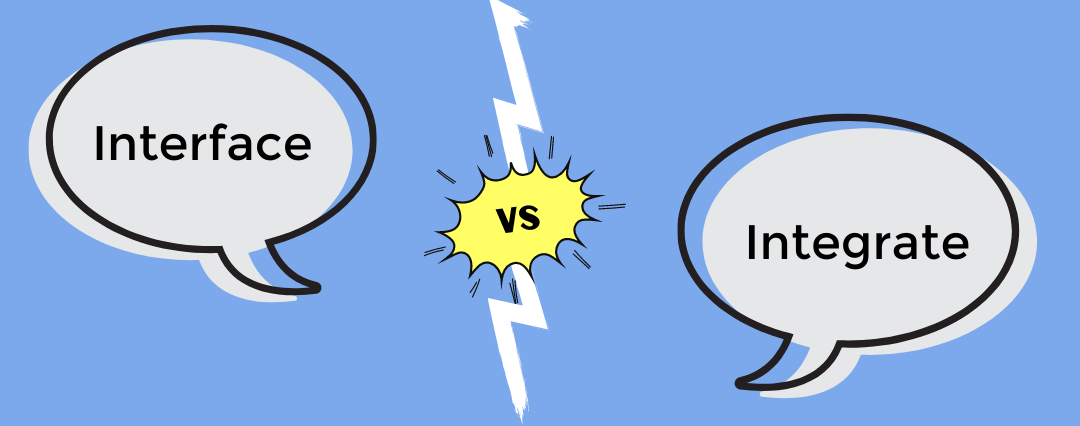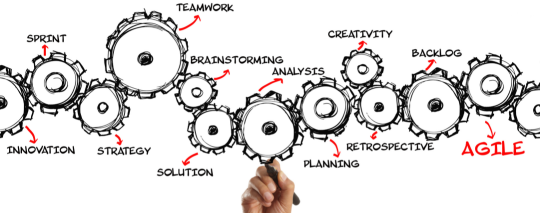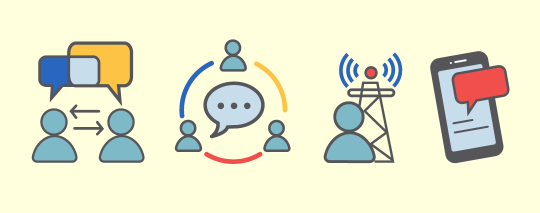To-may-to, Tah-mah-to?
No matter what field you work in, nine times out of ten, you’ve heard a term you didn’t quite understand. Every industry has its own lingo, and sometimes it might feel like you’re trying to learn a foreign language. Tech is no different with its slang and complex software terms. Whether you own a technology business, or you simply work for a company that uses a specific software, learning key terms could benefit you. Welcome to our Tech Terms series, where we’ll break down common terms and help you become more comfortable using them.
Interface vs. Integrate
Two software terms that are often mixed up are interface and integrate. Both words are used to describe how solutions connect with each other. So, what’s the difference?
Merriam-Webster’s definition of interface as “the place at which independent and often unrelated systems meet and act on or communicate with each other” certainly makes sense when referring to software. A software interface is best described as a bridge that allows two or more independent applications (sometimes built with very different programming languages) to share limited information back and forth. Interfaces often use a standard file format to move data from one system to another.
Integration works a little differently. Integrate is defined as a verb – “to form, coordinate, or blend into a functioning or unified whole.” When two applications are integrated, they work together as one solution. So, unlike a feature that bridges the gap between two different products, integration allows systems to interlock like puzzle pieces to create one masterpiece. In this case, the systems share the same code and database, allowing them to function together seamlessly. There’s no middleman needed.
Which is better?
If you’re wondering which is best for your business, it depends on your goal. Consider things like real-time data sharing and synchronization. Although an interface allows two different systems to talk to each other, it doesn’t sync data in real-time, which can be an issue if you need records to immediately reflect updates.
No synchronization process is needed with integration because solutions share the same database, which is a big benefit. Data updates in real-time across all applications, which results in fewer errors. Because interfaced systems don’t share the same database, they often require more work for both the developer and user to ensure codes match between the systems.
To use PUBLIQ as an example, our software is designed to integrate. Our Accounting Suite has the ability to work with our other finance and Utility Billing applications to create a comprehensive enterprise resource planning (ERP) system. As information is shared across the applications, records are updated in real-time and data entry is reduced for the user.
Overall, if your business uses multiple software solutions that need to be updated as one, or you have complex reporting requirements, integration is most likely the winner.
Sources:
https://www.merriam-webster.com
https://www.cu.net/industrial/blog/integration-interface-interoperability





